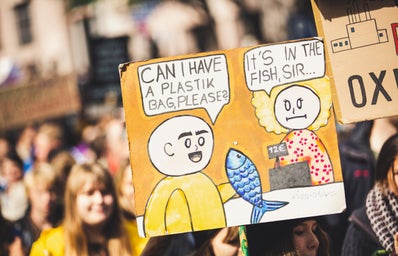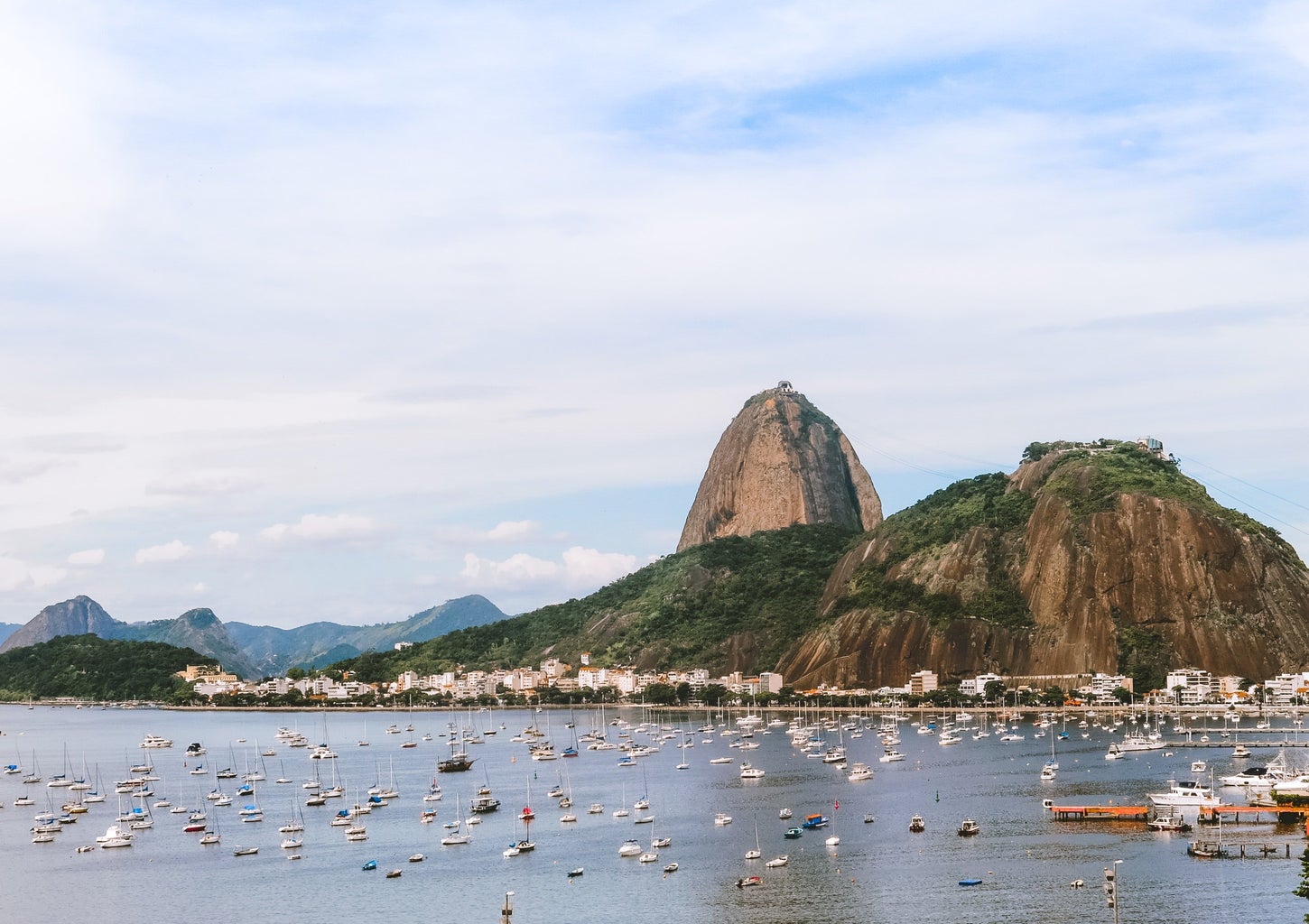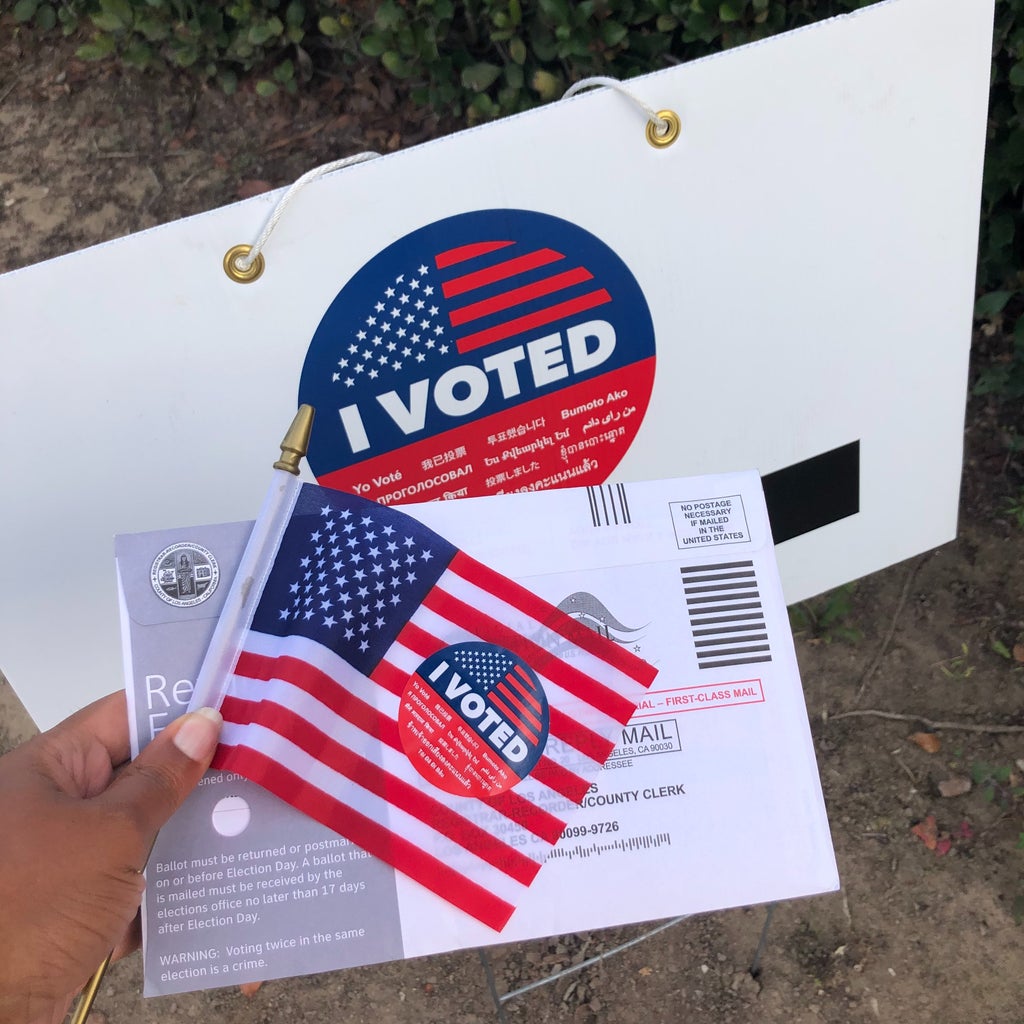What’s an MPA?
Marine Protected Areas (MPAs) are protected bodies of water such as estuaries, great lakes, and parts of the ocean. There are currently 124 marine protected areas in California, protecting roughly 16% of the state’s waters. MPAs prohibit extractive and/or harmful practices, like national parks but in the ocean.
Fully protected MPAs are called “no-take” zones. Across US waters, 3% are “no take” zones as they prohibit all resource extraction, and 23% prohibit commercial fishing. This allows our marine ecosystems and organisms to thrive without disturbances from the human world. For my fellow UCSB goers, campus point is a marine-protected area so if you’ve ever ventured there on campus, you’ve visited an MPA!
The United States, specifically California, has been paving the way for MPAs globally. The most recent ten year update on California’s MPAs was posted on Feb. 15, 2023, by the California Natural Resource Agency. Director of the California Department of Fish and Wildlife, Charlton Bonham, stated the most significant takeaways over the past 10 years with MPAs included working with indigenous communities as a focal point of the strategy to integrate their ecological knowledge to protect our ocean ecosystems. The Fish and Wildlife Association altered the boundaries of Stewards Point, assisting the Kashia Pomo Indians in continuing their ancestral practices, and has documented increased abundance and biomass among fish populations in MPAs.
Why are they important?
Questioning the importance of MPAs, questions the importance of our oceans and why we should protect them. Biodiversity maintains the balance and stability of our planet’s ecosystems. The ocean provides over 90% of the habitual space on Earth and is home to over 250,000 species, with a minimum of two-thirds yet to be discovered; so when oceans are under threat, so too is biodiversity and the way we live our lives.
An estimated 3.1 billion people rely on seafood for 20% of their protein intake and over 500 million people engaged in ocean-related cavities for their livelihoods. 70% of the earth’s surface is covered by marine ecosystems, which provide food, employment, and income, alongside coastal protection, carbon sequestration, and marine biodiversity. Further, about 50%-85% of the air we breathe comes from marine plants. My favorite marine biologist and oceanographer, Dr. Sylvia A. Earle, estimates one of every five breaths we take comes directly from Prochlorococcus, a bacteria belonging to photosynthetic phytoplankton.
The ocean is our biggest weapon against climate change, and it’s doing everything it can despite the harmful activities we still pursue. The ocean absorbs 90% of the excess heat caused by climate change and 23% of human-created carbon-dioxide emissions. Without the ocean absorbing our heat and CO2, the average surface temperature would be 122°F. However, the oceans are suffering from increasing acidity, warmer temperatures, and more dead zones which are places where no marine life can survive due to a lack of oxygen.
As a consequence of human activity and the corresponding rise in ocean temperatures, dead zones now cover 10% of the world’s oceans. It’s heartbreaking and malicious for us to breathe the air the ocean provides while we simultaneously choke marine life to the point where they die from suffocation.
Simply put—MPAs are important because we know the ocean is important and we want to protect these ecosystems to protect our future.Our lives depend on the ocean, and vice versa. With more unpredictable and intense storms and wildfires on the rampage, many of us here in California have had our first taste of what is to come in our future if we don’t start doing something different.We are in a state of urgency. We cannot wait any longer, and we don’t have much time.

so, what’s happening? A quick breakdown.
On January 27, 2021, President Biden signed Executive Order 14008 calling for a 30% minimum of US waters and lands to be conserved by 2030. For ocean, coastal, and Great Lake conservation and restoration, this 30×30 conservation goal may also involve area-based management. Organizations such as NOAA assist in these aspects through authorities such as the Endangered Species Act, Marine Mammal Protection Act, National Marine Sanctuaries Act, Magnuson-Stevens Act, and Coastal Zone Management Act.
Although this seems like a great leap forward, signing the Order does not guarantee this commitment will be actualized, and stakeholders expressed concerns (under the section, “President Biden’s Challenge”) about Biden’s failure to properly outline what “conservation” means. Additionally, this order has no influence over the way that MPAs assessments determine how MPAs in the future will look like.
Every 10 years, MPAs are reassessed by examining the progress that’s made. The next vote is happening in March, which determines what the next 10 years of ocean protections will look like. This decision will not be revisited until 2033 when most of us may be in our 30s. Scary. This 10-year strategy has been employed since the beginning of MPAs. The MPA network provides a Decadal Management Review, which is then used to report on favorable MPA outcomes and to influence the decennial meeting to then decide the following decade of MPA strategies and agreements.
Essentially, to have Biden’s Executive Order to be actualized, we must lobby our elected officials and demonstrate an indisputable WAVE of support for our oceans- pun intended. In all seriousness, when it comes to increasing MPA protections the responsibility falls on us, the greater public, to hold our officials accountable for the future we all desire, and deserve.
How to help? Don’t be a greenwashed activist
NOAA has a list of ways you can help MPAs, such as supporting your local MPA by volunteering and educating others to increase MPA support. You can also help by eating sustainable seafood, using fewer plastics, reducing energy use, and respecting our ocean and wildlife habitats. With all that the oceans provide, the least we can do is give them the respect they deserve.
Besides these, you can get involved with CALPIRG, the student activist group on UC campus’ working on a Protect Our Oceans Campaign. CALPIRG is urging Governor Newsom and other officials to increase MPAs from 9% to 30% by 2030. You may be wondering, how exactly does this work? Firstly, CALPIRG is not like other student organizations. The group goes off campus to get real-life results, with professional staff working in Sacramento, and D.C. who directly contact state officials about what students are working on at the grassroots level, reporting our efforts to the higher-ups. In early March, CALPIRG students will travel to Sacramento to lobby our elected officials to hold them accountable to have Order 14008’s conservation exertions be actualized.
We don’t have much time. If you’re unsure about getting involved, know that dozens of organizations are fighting for this 30×30 conservation action to protect our oceans. Be educated, be an informer, and don’t spread misinformation. The oceans, and thereby the air you breathe, the food you eat, and the ability to live on this planet all depend on it.




